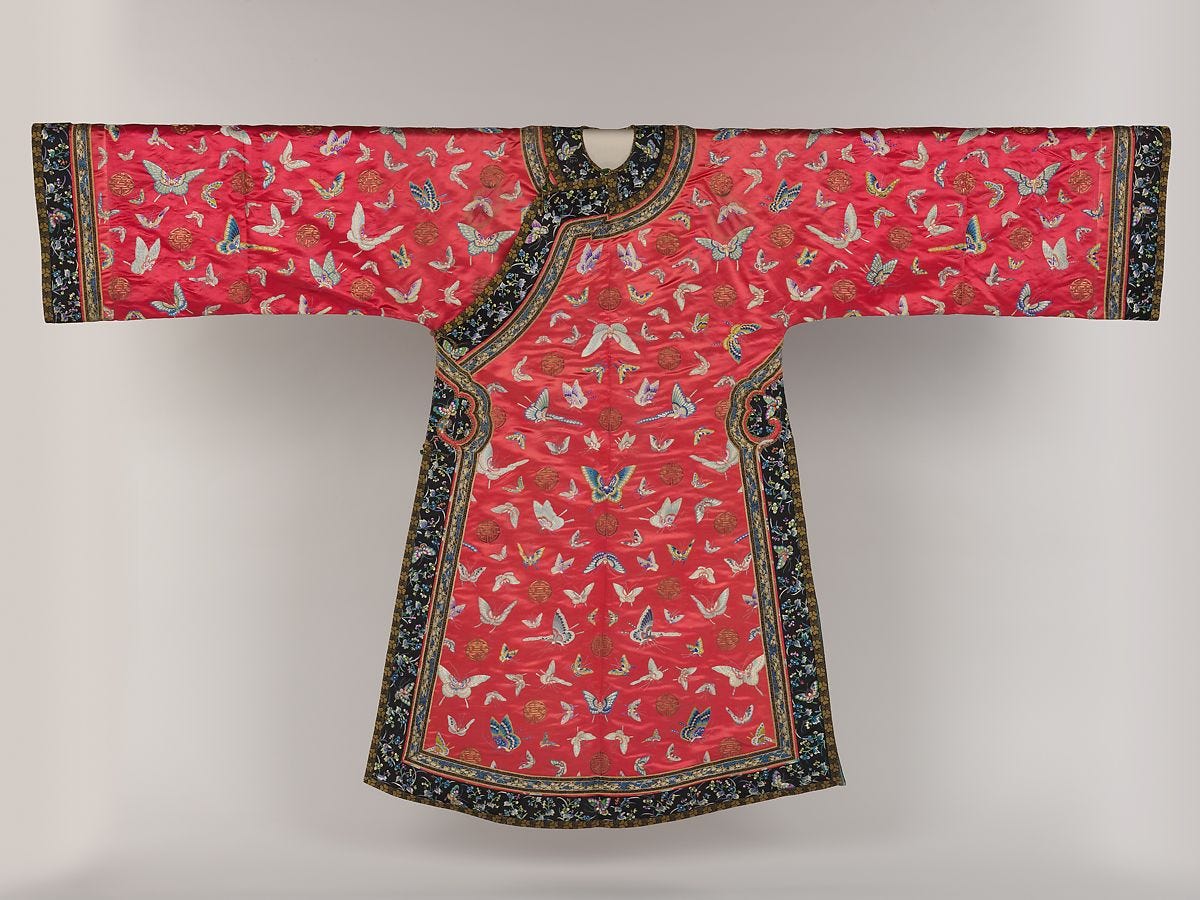THE OLDEST MAN IN THE VILLAGE
No wind stirs the least wisp of hope, from every cloud descends nothing but disquiet, destiny sinks deep into adversity, perhaps the night will be night for a hundred years.
Yet fate does not lessen my impatience for what I have wished for and blessed so much even though my frailty declares that the time is approaching for body and spirit to bid each other farewell.
Perhaps I have exceeded my days and at some unfamiliar turn my end awaits me. Let me fall, unchanged,
still honouring, on a straight road, with moist eyes and loving heart, a tattered piece of cloth, that was once a flag.
Josep Carner (Prose translation by Sam Abrams)
BUTTERFLY
Lightness, metamorphosis and unconscious attraction to light. The butterfly consumed by a flame transmits both the purification of the soul by fire and self-destructive impulses. For the Gnostics, the angel of death was a foot with wings stepping on a butterfly. Pompeii's paintings show Psyche, the divine personification of the soul in the Greek-Roman tradition, as a girl with butterfly wings. In Irish mythology and Christian symbolism, a similar view of the butterfly is found as a representation of the soul freed from the flesh of the body. For the Aztecs, the butterfly was the life breath that leaves the mouth of the dying, at the time of the collapse of the physical organs: a butterfly spinning in a field of flowers was the soul of a dead warrior on the battlefield. For modern psychology, the butterfly is associated with rebirth. The butterfly effect is a contemporary metaphor for synthesizing the scientific basis of the theory of chaos: small variations in the initial conditions of a dynamical system can result in large changes in the overall behavior of the system in the long term. In Japan, the butterfly is a female emblem, it transmits happiness and the sudden appearance of a butterfly heralds an unexpected visit or the death of a beloved person.
“In order to regain our balance, we need to remaster the ability to go deep, to ‘turn away from outer things’. To face what is in ourselves.”
On Connection by Kae Tempest
EL MÉS VELL DEL POBLE
Cap vent no mou el bri d'una esperança,
de cada núvol només cau neguit,
el destí s'enfondeix en malaurança,
potser la nit serà cent anys la nit.
El fat, però, no minva la frisança
pel que tant he volgut i beneït
si ma feblesa diu que ja s'atansa
l'adéu-siau del cos i l'esperit.
Potser ja massa dies he comptat
i en un recolze inconegut m'espera
la fi. Pugui jo caure, incanviat,
tot fent honor, per via dreturera,
amb ulls humits i cor enamorat,
a un esquinçall, en altre temps bandera.
Josep Carner
PAPALLONA
Lleugeresa, metamorfosis i atracció inconscient cap a la llum. La papallona consumida en la flama d’una vela transmet tant la purificació de l’ànima pel foc com les pulsions autodestructives. Pel gnosticisme, l’àngel de la mort era un peu amb ales que trepitjava una papallona. La pintures de Pompeia mostren a Psique, la personificació divina de l’ànima en la tradició grecorromana, com una nena amb ales de papallona. En la mitologia irlandesa i en la simbologia cristiana, trobem una visió similar de la papallona com a representació de l’ànima alliberada de la cuirassa carnal del cos. Pels asteques, la papallona s’assimilava a l’alè vital que s’escapa de la boca dels moribunds a l’instant del col·lapse dels òrgans físics: una papallona donant voltes en un prat de flors era l’ànima d’un guerrer mort al camp de batalla. Per la psicologia moderna, la papallona va lligada al renaixement. L’efecte papallona és una metàfora contemporània per sintetitzar la base científica de la teoria del caos: petites variacions en les condicions inicials d'un sistema dinàmic poden produir grans canvis en el comportament global del sistema a llarg termini. Al Japó, la papallona és una emblema femení lligat a la felicitat i l’aparició sobtada d’una papallona anuncia una visita inesperada o la mort d’una persona del nostre entorn.
“Per poder recuperar el nostre equilibri, ens cal reaprendre l’habilitat d’anar al fons, «d’allunyar-nos de les coses externes». Encarar el que és dins nostre.”
Connectar de Kae Tempest








